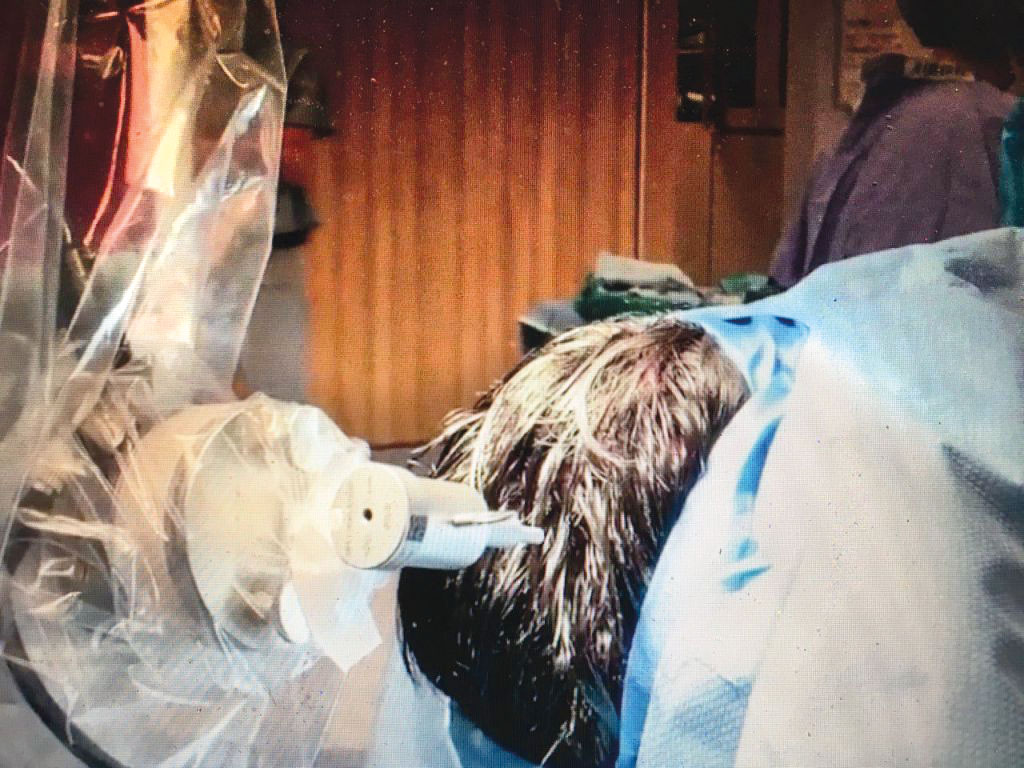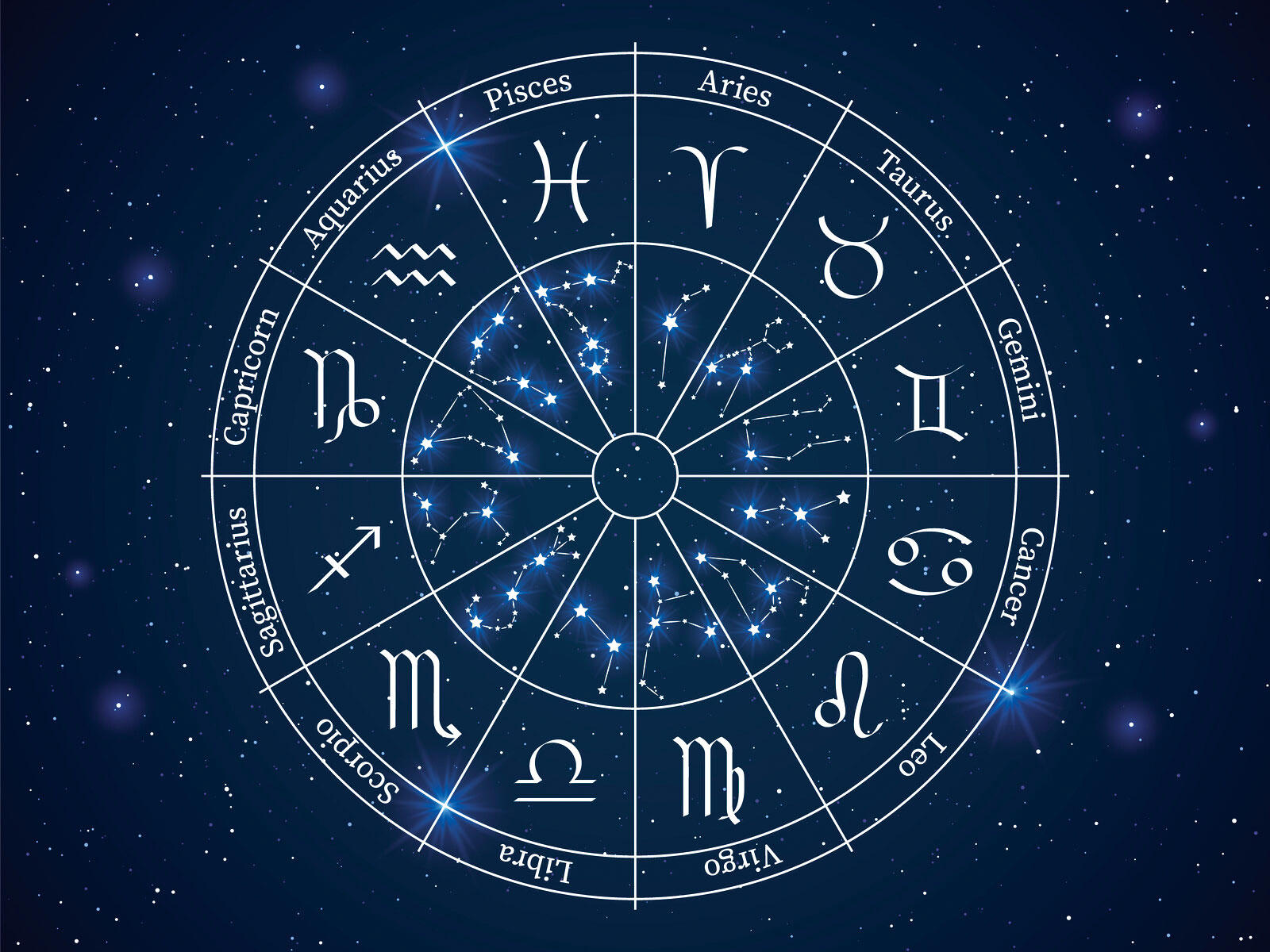STEREOTYPES OR SOCIAL REALITY
In a recent paper, MIT Sloan School of Management Prof. Jackson Lu studied a novel form of stereotyping and discrimination in China based on use of Western astrological signs translated from English into Chinese over the past few decades. He found that “astrological stereotypes” about personalities formed without pre-existing social reality, yet are shaping social reality via discrimination.
To help disentangle stereotypes from social reality, Lu and his colleagues conducted China’s first systematic examination of astrological stereotyping. They discovered that with the aid of social media, astrological signs have become a mainstream cultural trend where each astrological sign is associated with certain personalities based on how its name is translated into Chinese. “For example, the word ‘Virgo’ is literally translated as ‘virgin’ in Chinese, and Virgos are stereotyped as having disagreeable personalities like being fussy, critical, and picky,” Lu says. “Some Chinese job postings state that Virgo candidates are not wanted, and some Chinese people avoid Virgos on dating apps.”
In one study, the researchers conducted surveys asking locals about their impressions of the astrological signs. Participants clearly ranked Virgo as the worst sign, followed by Scorpio because its Chinese translation is associated with the poisonous scorpion.
Source: mitsloan.mit.edu.

STORES SHOULD OFFER QUIET HOURS
In the summer of 2019, some Sobeys locations started holding dedicated sensory-friendly hours every Sunday evening. By December, 450 stores in the Sobeys family nationwide offered them.
The first time I went to the grocery store during sensory- friendly hours, late last winter, it was an accident. I tried to stay away so that autistic people and others who needed a quieter environment for shopping could have some space. Then one Sunday night, I forgot and dropped by without thinking.
It was a dream. I have post-traumatic stress disorder, and often find myself cranky and upset in grocery stores. Crowding is a big trigger for me, and loud noises can be awful too. People with PTSD are often hypervigilant because their systems are stuck in a place of continually scanning for threats. It may seem odd to feel threatened in a grocery store, but it’s a noisy, chaotic, in some ways unpredictable environment, which can be triggering. Floating along in silence with few people in the store, on the other hand, was heavenly.
Now with COVID-19, quiet hours have become normalized and many COVID-related changes are helpful as a filter for some sensory experiences. Curbside pickup has been a game-changer.
Let’s hope these changes stick around.
Source: broadview.org

ROBOTIC LASER SURGERY
Andrew Najar faced a lifetime of disruptive epileptic seizures or potentially crippling surgery to eliminate them. But when offered a rarely used laser procedure to zap a tumour on a sensitive part of his brain, he and his family jumped at the chance. “I was glad I heard about this surgery, that there was hope,” said Najar.
Andrew was wracked by gelastic seizures—sometimes a dozen a day—that would have him erupt in laughing fits. In 2012, following a full-body seizure, a neurologist at the Alberta Children’s Hospital discovered a benign tumour at the base of the brain on his hypothalamus, which regulates hormonal reaction, mood, thirst and hunger.
“The first option was open surgery—that was very scary and we decided not to go with it,” said mom, Lourdes Najar. “Another was radiation, which also didn’t sit well,” she said. But neurosurgeon Walter Hader offered an alternative—Laser Interstitial Thermal Therapy (LITT)—which would combine robotics, magnetic resonance imagery and laser-directed heat to burn off the tumour on Andrew’s brain. It had only been employed once before in Western Canada, but Hader was confident the procedure could eradicate that lesion with minimal damage to the teen’s brain.
Source: calgaryherald.com














